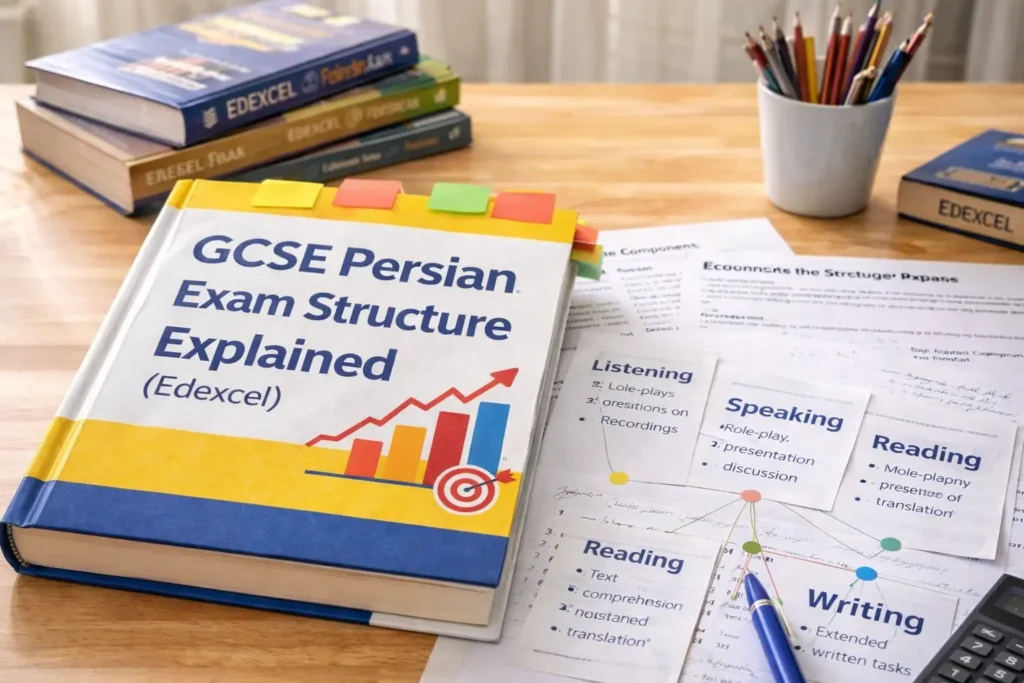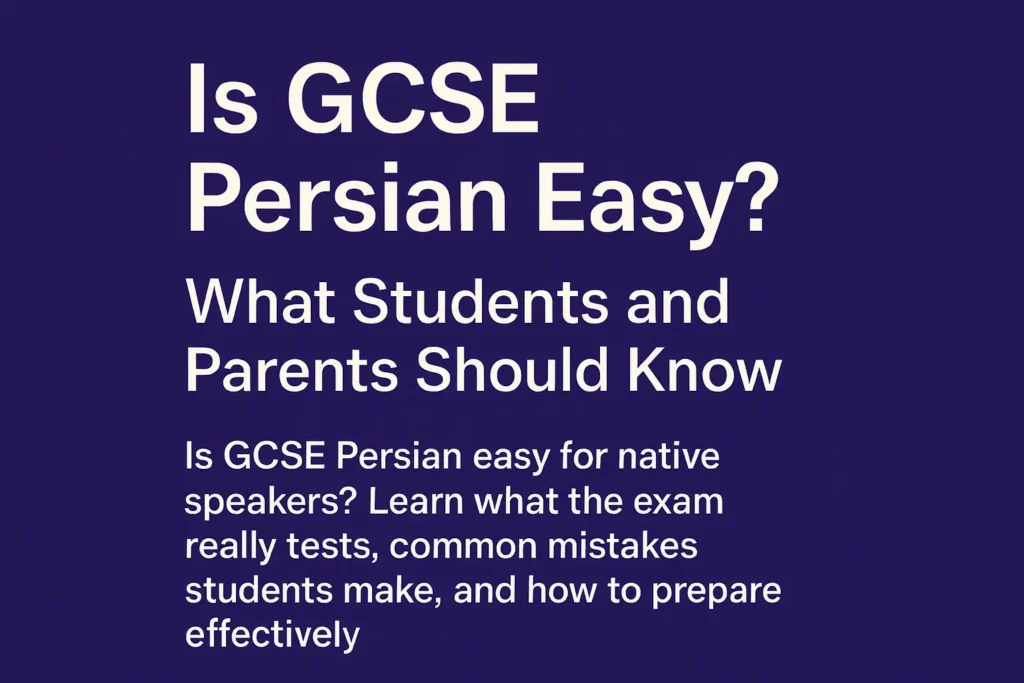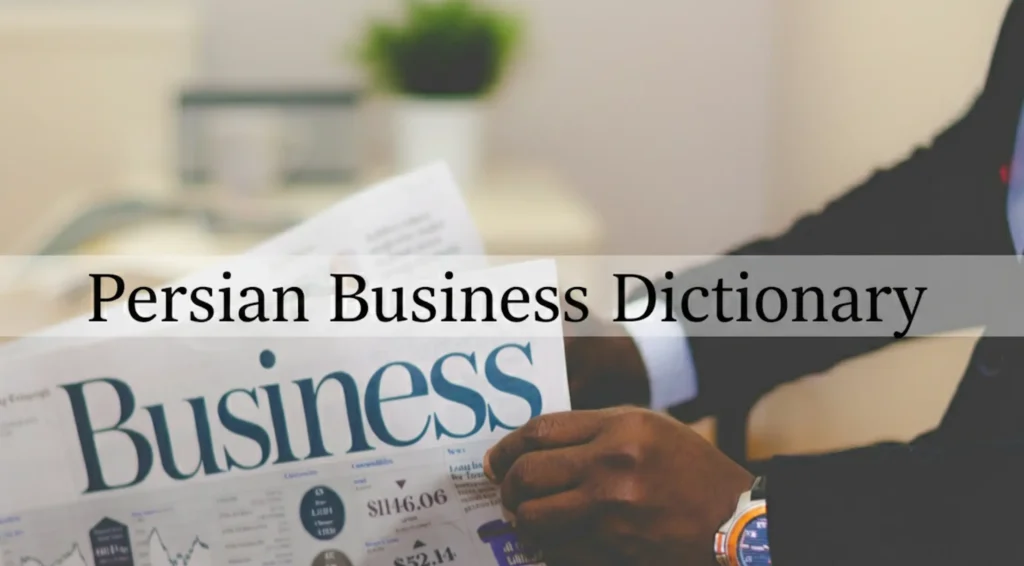Understanding how to greet someone in a new language can open doors to rich cultural experiences and deeper connections. If you’re interested in learning to say hello in Persian or want to greet Persian speakers with a friendly “good morning,” you’ve come to the right place. Let’s explore the world of Persian greetings and explore how you can make your interactions more meaningful and authentic.
Hello in Persian: Why It Matters
Persian, also known as Farsi, is a beautiful and poetic language millions speak worldwide. Mastering basic greetings enhances your communication skills and shows respect and appreciation for the culture. Whether traveling to Iran, engaging with Persian speakers in your community, or simply interested in language learning, knowing Iranian for hello a great start.
How to Say Hello in Persian
The most common way to say hello in Persian is “Salam” (سلام). It’s a simple, friendly greeting used in various settings, from casual to formal. Much like “hello” in English, “Salam” can be used anytime, making it incredibly versatile.
– Example Usage: When you meet someone for the first time, you can say, “Salam! Chetori?” (سلام! چطوری؟), which means “Hello! How are you?”
Using “Salam” not only breaks the ice but also demonstrates a willingness to engage in the local culture and language, which Persian speakers always appreciate.
Greetings with “Good Morning” in Persian
When you want to greet someone with “Good morning,” you can use the phrase “Sobh Bekheir” (صبح بخیر). This phrase is equivalent to saying “good morning” in English and is a great way to start the day with positivity.
– Example Usage: As you enter the office in the morning, greet your colleagues with “Sobh Bekheir!” (صبح بخیر!).
“Sobh Bekheir” is more than just a phrase; it expresses goodwill and warmth that sets the tone for a pleasant interaction.
Understanding the Nuances of Hello in Persian
Iranian culture places great importance on politeness and hospitality. When greeting someone, it’s not just about the words you use but also how you say them. Here are a few additional tips:
– Smile: A warm smile goes a long way in making your greeting more genuine.
– Handshake: In more formal settings, a handshake might accompany your verbal greeting, but always be mindful of cultural and gender norms.
– Body Language: Maintain respectful eye contact and a friendly demeanor to show sincerity.
Additionally, it’s customary to inquire about one’s health and family, reflecting the emphasis on relationships and community in Iranian culture.
Standard Persian Greetings and Phrases
Besides “Salam” and “Sobh Bekheir,” there are several other Persian greetings and phrases you might find helpful:
– Khodahafez (خداحافظ): This means “goodbye” and is used when parting ways.
– Rooz Bekheir (روز بخیر): A general way to say “good day.”
– Asr Bekheir (عصر بخیر): This means “good afternoon.”
– Shab Bekheir (شب بخیر): Use this phrase to say “good night.”
– Hale Shoma Chetor Ast? (حال شما چطور است؟): This means “How are you?” and is a standard follow-up to greetings.
Persian Greetings and Cultural Insights
To truly appreciate Persian greetings, it’s essential to understand the culture. Hospitality is a cornerstone of Iranian culture, and warm exchanges often accompany greetings and sometimes elaborate pleasantries. Conversations usually begin with inquiries about one’s health and family, emphasizing community and care.
In Iran, greetings can also involve a bit of ceremony. For instance, you might notice that people often insist on you going first through a door or serving you first at the table. This practice, known as “taarof,” is a form of social etiquette that signifies respect and politeness.
Do Persians Say Assalamualaikum?
While “Salam” is the most common greeting, some Persian speakers might use “Assalamualaikum” (السلام علیکم), especially in more formal or religious contexts. This Arabic greeting means “peace be upon you” and is widely used in Muslim communities worldwide. However, in everyday interactions, “Salam” remains the preferred choice among most Persian speakers.
How Do Parsi People Greet?
Parsis, a Zoroastrian community primarily residing in India, also use Persian in their religious texts and cultural practices. Their greetings might include “Sahebji,” a respectful term. Still, they also commonly use “Salam” or “Namaste,” reflecting their integration into Indian society.
Are Farsi and Persian the Same?
Yes, Farsi and Persian refer to the same language. “Farsi” is the endonym used in Iran, while “Persian” is the exonym used in English and other languages. Regardless of the term, learning this language can deepen your understanding of Iranian culture and enhance your ability to communicate with Persian speakers.
Why Choose Danaa School?
– Expert Instructors: Learn from native Persian speakers with years of teaching experience.
– Flexible Learning: Online courses allow you to learn at your own pace, anytime and anywhere.
– Comprehensive Curriculum: Danaa School covers everything from basic greetings to advanced conversational skills.
Find Your Ideal Teacher
At Danaa School, you can choose your Farsi tutor from a selection of qualified and experienced teachers. Begin an exceptional journey into the world of Persian language!
Book Your Trial Lesson
FAQs
How do you greet people in Persian?
The most common greeting in Persian is “Salam” (سلام), which means “hello.”
What is the Iranian way of greeting?
Iranians often greet each other with “Salam” and a warm smile. A handshake may accompany the greeting in formal settings, and inquiries about one’s health and family are common.
What does Sobh Bekheir mean?
“Sobh Bekheir” (صبح بخیر) means “good morning” in Persian.
Do Persians say Assalamualaikum?
Some Persians use “Assalamualaikum” in formal or religious contexts, but “Salam” is more commonly used in everyday interactions.
How do Parsi people greet each other?
Parsis might use “Salam,” “Namaste,” or “Sahebji,” reflecting their cultural integration and respect.
Are Farsi and Persian the same?
Yes, Farsi and Persian refer to the same language. “Farsi” is used in Iran, while “Persian” is used in English.
Conclusion
If you want to learn more about the Persian language and culture, consider enrolling in Danaa School’s Farsi learning courses. Their comprehensive programs cater to all levels, helping you master greetings, conversations, and more complex language skills. Whether you’re a beginner or looking to refine your Persian, Danaa School offers the resources and support you need to succeed. Enroll now.
Want to Learn Farsi at Danaa School?
Here are the best resources for you!







